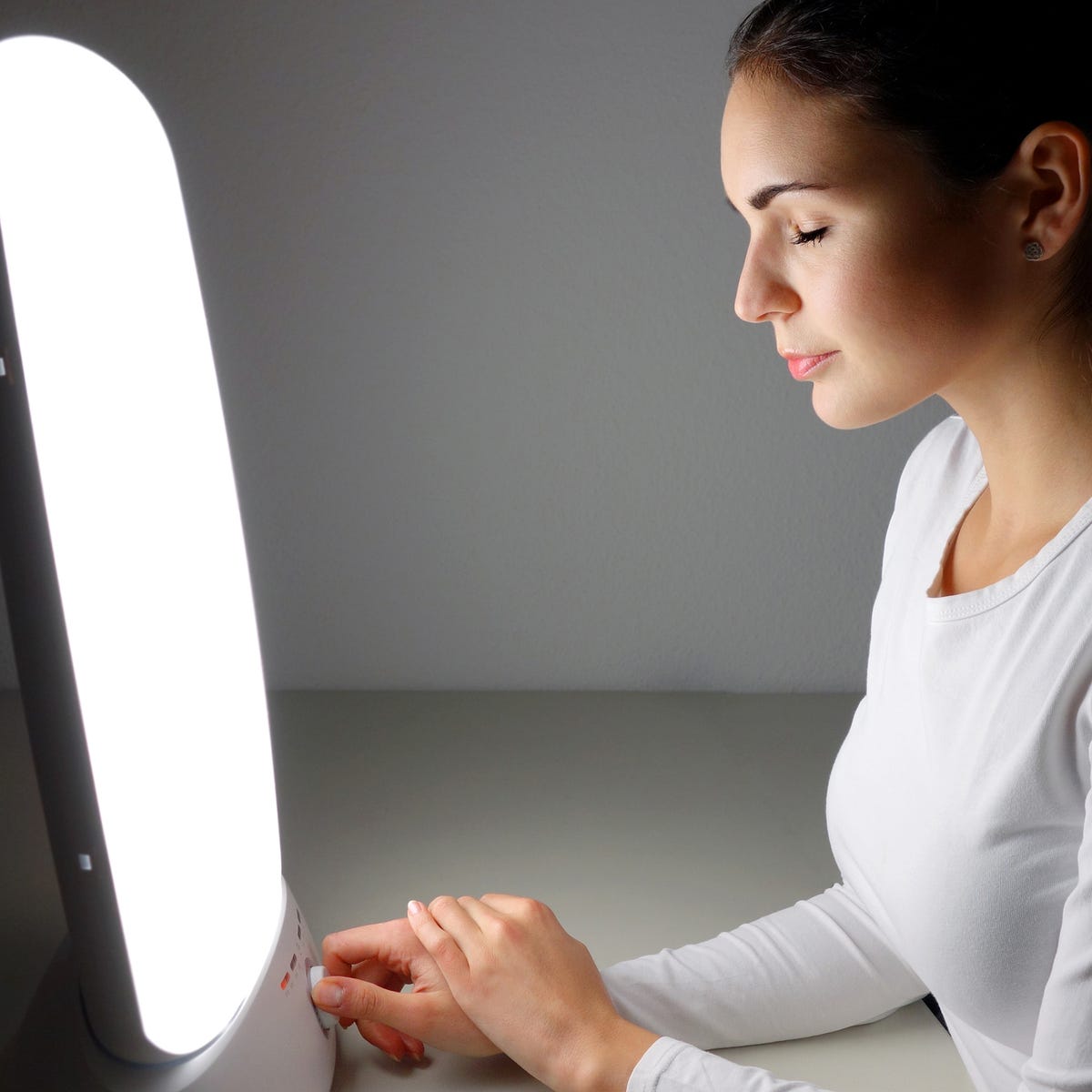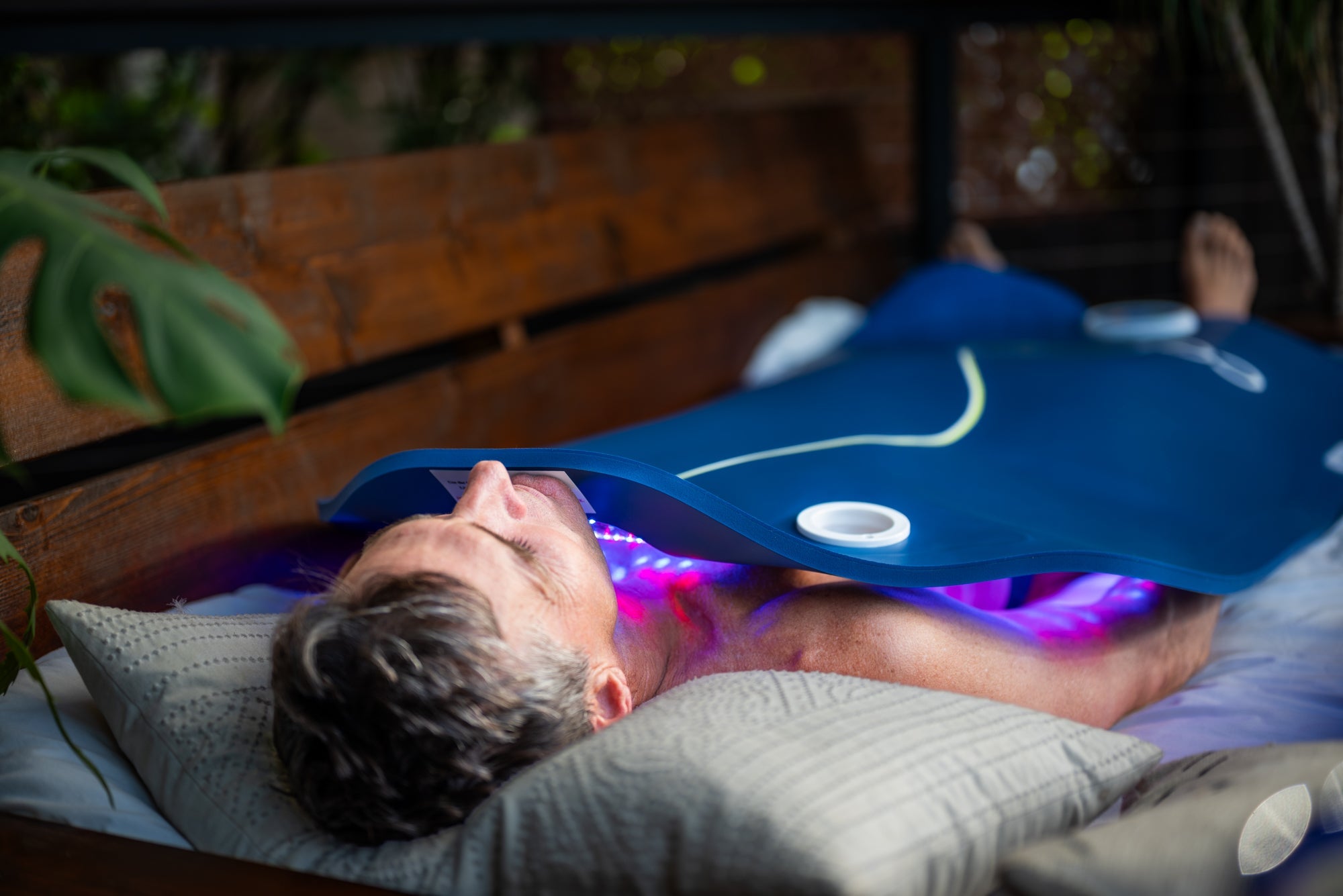Changing Health Care: The Power of PBM Therapy Unveiled
Wiki Article
Discovering the Effectiveness of Photobiomodulation Treatment in Mental Health
Have you ever before asked yourself if there is a new, cutting-edge treatment that could possibly transform the field of mental wellness? Well, look no further! In this expedition, we explore the world of photobiomodulation treatment and its efficiency in dealing with mental health disorders. This sophisticated therapy, often referred to as PBM, uses particular wavelengths of light to promote cellular task and advertise recovery. While originally created for cells fixing, current research studies have highlighted its prospective benefits in mental wellness, especially in taking care of clinical depression and anxiousness disorders. By shedding light on this emerging area, we intend to discover the promising implications of photobiomodulation treatment and its potential to transform the method we approach psychological health and wellness treatment.The Science Behind Photobiomodulation Treatment
To understand the efficiency of photobiomodulation treatment in psychological health and wellness, it is important to delve into the underlying clinical concepts that drive this cutting-edge treatment approach. Photobiomodulation therapy, additionally known as low-level light treatment, involves the use of details wavelengths of light to stimulate cellular function and promote recovery in the body.Moreover, photobiomodulation therapy has been located to have neuroprotective impacts. It can boost the production of neurotrophic elements, such as brain-derived neurotrophic factor (BDNF), which advertise the growth and survival of nerve cells. This excitement of neurotrophic elements can help fix and regrow damaged neurons, possibly leading to improved cognitive feature and psychological health and wellness results.
Furthermore, photobiomodulation treatment has been revealed to minimize inflammation in the mind. By modulating the inflammatory response, it can mitigate the harmful impacts of neuroinflammation, which has actually been linked in the advancement of numerous mental health conditions. In addition, this therapy can boost blood flow and oxygenation in the mind, improving general mind function.
Potential Advantages of Photobiomodulation Therapy
Now allow's delve right into the prospective benefits that photobiomodulation therapy offers in enhancing psychological wellness. Photobiomodulation treatment, additionally referred to as low-level light therapy, has revealed promise in treating numerous psychological health conditions. Among the major benefits of this therapy is its capacity to minimize signs and symptoms of depression and stress and anxiety. Studies have located that direct exposure to certain wavelengths of light can promote the production of serotonin and dopamine, natural chemicals that play a vital function in managing mood. By increasing the degrees of these neurotransmitters, photobiomodulation treatment can help reduce symptoms of clinical depression and anxiety.Additionally, this therapy has actually also been found to enhance cognitive feature. Study has shown that photobiomodulation therapy can enhance mind feature by enhancing blood circulation and oxygenation in the brain. This can cause enhanced memory, attention, and general cognitive performance. Furthermore, photobiomodulation treatment has been revealed to have neuroprotective impacts, suggesting it can help repair and secure harmed mind cells. This is especially advantageous for people with neurodegenerative problems such as Alzheimer's condition.

Photobiomodulation Therapy and Depression
One major benefit of photobiomodulation treatment is its capability to dramatically minimize signs and symptoms of clinical depression (photobiomodulation). Clinical depression is an usual psychological wellness disorder defined by relentless sensations of despair, loss of interest or satisfaction in everyday activities, and adjustments in hunger and sleep patterns. Traditional treatment options for anxiety photobiomodulation include drug and psychotherapy, yet photobiomodulation therapy offers an encouraging option
Photobiomodulation therapy includes the usage of low-level light therapy to stimulate mobile feature and promote recovery. The therapy works by boosting blood flow and oxygenation to the mind, which can improve state of mind and lower depressive signs. Research study research studies have actually shown that photobiomodulation therapy can successfully ease signs of anxiety, including low mood, exhaustion, and lack of motivation.
One research study published in the Journal of Affective Disorders located that individuals who obtained photobiomodulation therapy experienced a substantial reduction in depressive symptoms compared to those that received a sugar pill therapy. Another research study published in the Journal of Medical Psychiatry revealed that photobiomodulation treatment worked in decreasing signs and symptoms of clinical depression in clients with treatment-resistant clinical depression.
Photobiomodulation Therapy and Anxiety Disorders
There are several methods which photobiomodulation therapy can effectively ease symptoms of anxiousness disorders. One method is by reducing the task of the amygdala, which is the part of the mind accountable for processing worry and anxiousness. Study has actually shown that photobiomodulation therapy can regulate the activity of the amygdala, leading to a decline in anxiousness signs and symptoms. In addition, this therapy can additionally boost the manufacturing of neurotransmitters such as serotonin and gamma-aminobutyric acid (GABA), which are known to play a function in controling mood and stress and anxiety. By enhancing the levels of these natural chemicals, photobiomodulation treatment can help to stabilize the mind chemistry and alleviate stress and anxiety signs and symptoms. This treatment has actually been located to enhance sleep top quality, which is frequently disrupted in people with anxiety disorders. By advertising better sleep, photobiomodulation treatment can additionally decrease anxiety signs and symptoms and improve total health. In general, the use of photobiomodulation therapy in the therapy of anxiety conditions shows appealing outcomes in minimizing signs and boosting the lifestyle for individuals dealing with anxiety.Future Research and Implications
To further discover the efficacy of photobiomodulation treatment in psychological health and wellness, future study must concentrate on its long-term results and prospective applications in various psychological disorders. While the present evidence recommends appealing results in minimizing signs of stress and anxiety, depression, and cognitive decline, it is crucial to check out the sustained advantages of this therapy over an extended duration. Lasting researches might help establish whether the favorable impacts persist past the therapy duration and whether the therapy can protect against regression or recurrence of signs.Additionally, future study should intend to analyze the prospective applications of photobiomodulation treatment in various other psychiatric conditions such as schizophrenia, bipolar affective disorder, and trauma. Exploring the performance of this treatment in varied mental health and wellness conditions would certainly supply a more comprehensive understanding of its restorative possibility and expand its professional energy.
Furthermore, it would certainly be helpful to check out the optimum therapy parameters for photobiomodulation treatment. photobiomodulation laser. This consists of identifying the proper dose of light, the duration and regularity of sessions, and one of the most efficient wavelengths for different mental wellness problems. Understanding these criteria would assist maximize the healing outcomes and guarantee standard protocols for professional practice

Final Thought
Finally, photobiomodulation therapy shows guarantee as a prospective therapy for mental health and wellness problems such as clinical depression and anxiety. The science behind this treatment suggests that it can properly modulate brain task and advertise neuroplasticity. While even more research study is needed to fully comprehend its effectiveness, the potential advantages it uses make it an exciting location of investigation for future mental wellness treatments.Photobiomodulation treatment, also recognized as low-level light treatment, involves the use of particular wavelengths of light to stimulate cellular function and promote recovery in the body. Photobiomodulation treatment, also recognized as low-level light therapy, has actually revealed guarantee in dealing with numerous mental health and wellness problems.Photobiomodulation treatment entails the use of low-level light therapy to boost mobile feature and advertise healing.To better explore the efficacy of photobiomodulation therapy in psychological health and wellness, future research study ought to concentrate on its lasting effects and prospective applications in different psychological disorders.In conclusion, photobiomodulation treatment reveals pledge as a possible treatment for mental health and wellness problems such as anxiety and anxiousness.
Report this wiki page